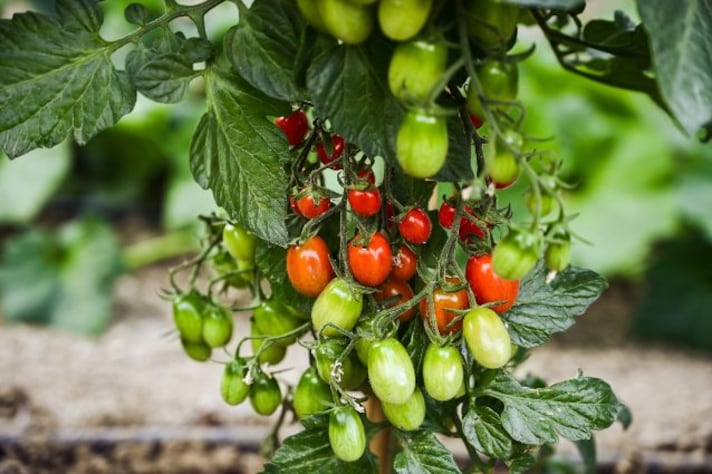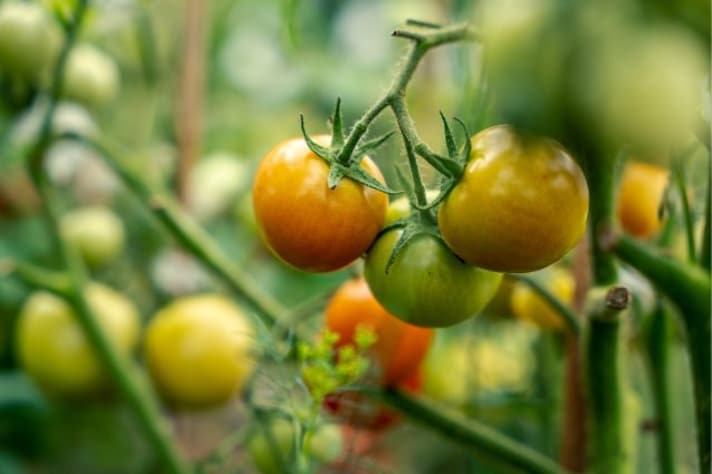The Top 3 Reasons Your Tomatoes Aren’t Turning Red and How to Fix It
Many gardeners face the challenge of tomatoes not turning red, which can be frustrating after weeks of care. Read ahead for an in depth look at the reasons why tomatoes might not be ripening and discover practical solutions to encourage them to turn red, following experts' insights.

Tomatoes are a staple in many gardens, known for their vibrant red color and delicious flavor. However, it can be frustrating when your tomatoes remain stubbornly green despite your best efforts. Understanding why tomatoes might not be turning red is the first step toward resolving the issue. Here, we explore the common reasons behind this problem and provide practical solutions to help your tomatoes ripen successfully.
Common Reasons Why Tomatoes Aren't Turning Red
Temperature Issues
Tomatoes need specific temperature ranges to ripen properly. Ideal daytime temperatures for ripening are between 70-85°F (21-29°C). If temperatures exceed 85°F (29°C) or drop below 50°F (10°C), the ripening process can slow down or stop entirely. Prolonged exposure to extreme temperatures can stress the plants, causing them to halt the ripening process.
Insufficient Light
Tomatoes require ample sunlight to produce the energy needed for ripening. If your tomato plants are not getting at least 6-8 hours of direct sunlight each day, they may struggle to turn red. Shaded plants or those grown in overcast conditions might not ripen as expected.

Nutrient Imbalances
Proper nutrient balance is crucial for tomato ripening. Too much nitrogen can lead to lush green plants with plenty of leaves but few or slow-ripening fruits. Phosphorus and potassium are essential for fruit development and ripening. Ensuring your soil has the right nutrient balance can promote healthier and faster-ripening tomatoes.
Practical Solutions to Encourage Tomato Ripening
Adjusting Temperature
If you're experiencing high temperatures, consider using shade cloths to protect your plants during the hottest part of the day. For cooler temperatures, try covering your plants with plastic or fabric covers at night to retain warmth. Creating a more stable temperature environment can help resume the ripening process.
Maximizing Sunlight Exposure
Ensure your tomato plants are positioned to receive maximum sunlight. Trim any overhanging branches or nearby plants that might be casting shadows. If sunlight is naturally limited in your area, consider using reflective surfaces to direct more light onto your tomato plants.

Balancing Nutrients
Perform a soil test to determine if there are any nutrient imbalances. Use a balanced fertilizer with a lower nitrogen content and higher phosphorus and potassium levels to promote fruit ripening. Organic options like bone meal or compost can also improve soil nutrient balance without overwhelming your plants with nitrogen.
Pruning and Pinching
Pruning the lower leaves of your tomato plants can improve air circulation and sunlight penetration, encouraging ripening. Additionally, pinching off new flowers and small, immature fruits late in the season can help the plant focus its energy on ripening the existing tomatoes.
Harvesting Techniques
If your tomatoes are close to ripening but the weather conditions are unfavorable, consider harvesting them and ripening them indoors. Place them in a warm, well-ventilated area, and check them regularly. This method can ensure that your tomatoes ripen without being exposed to adverse outdoor conditions.
;Resize,width=767;)
;Resize,width=712;)


